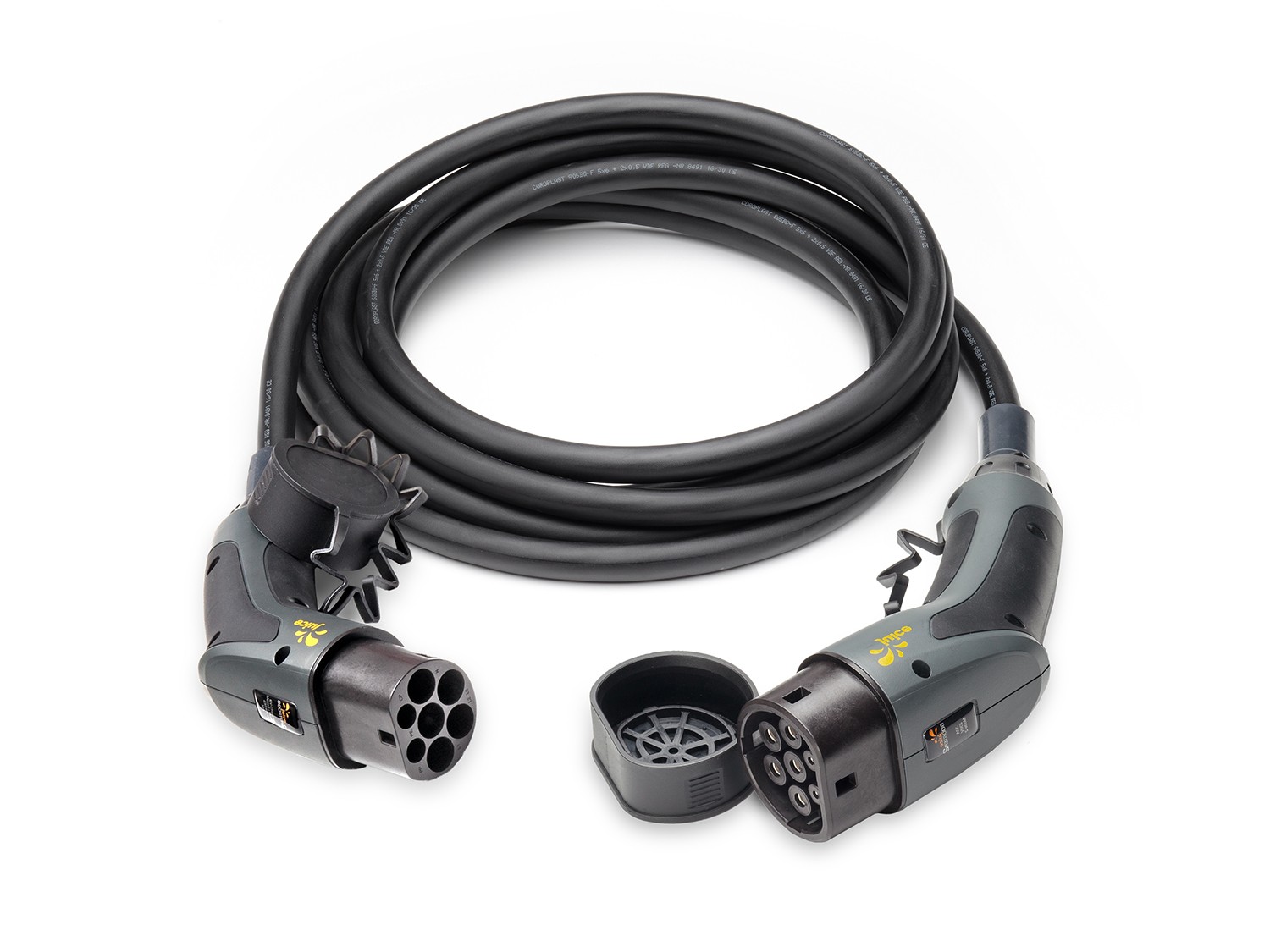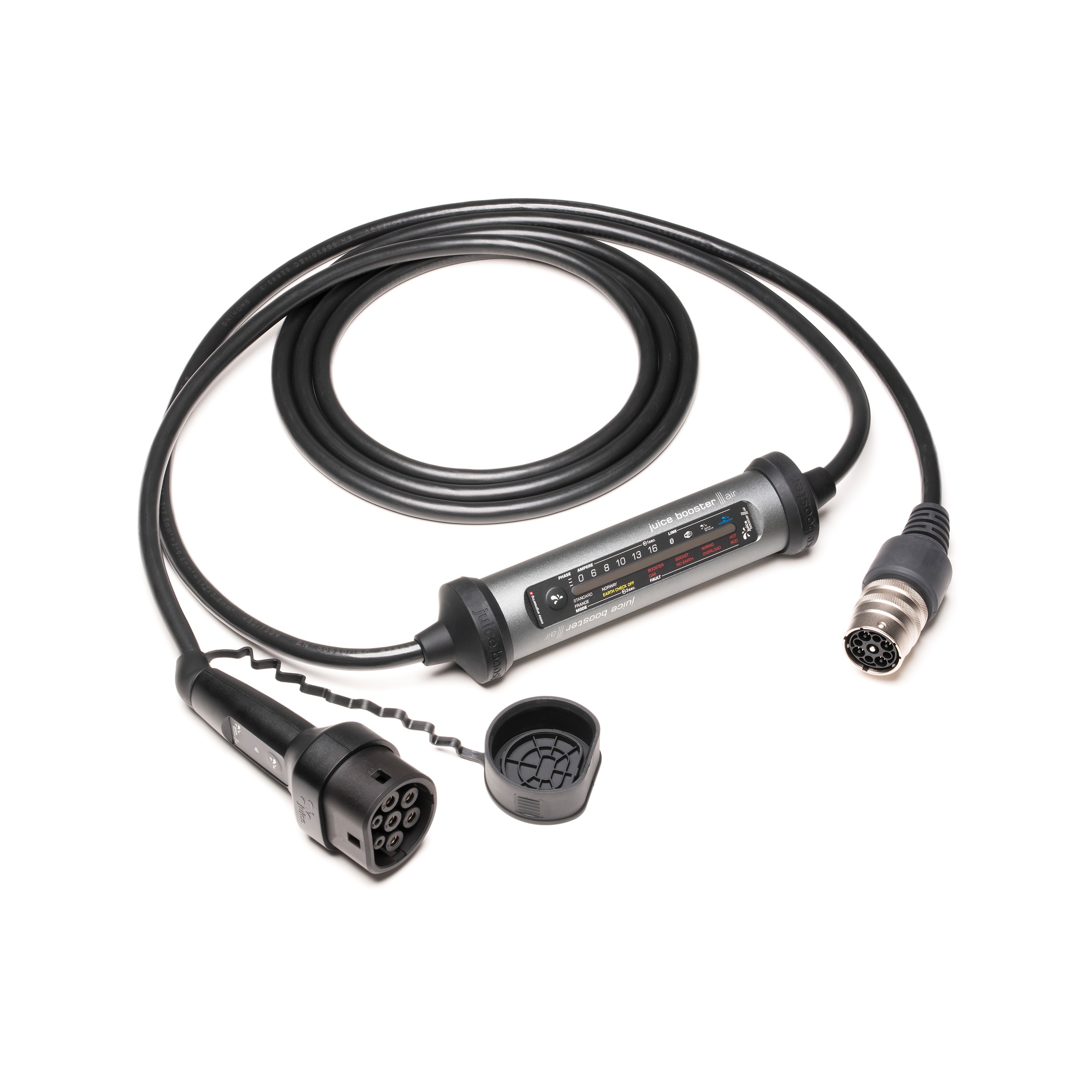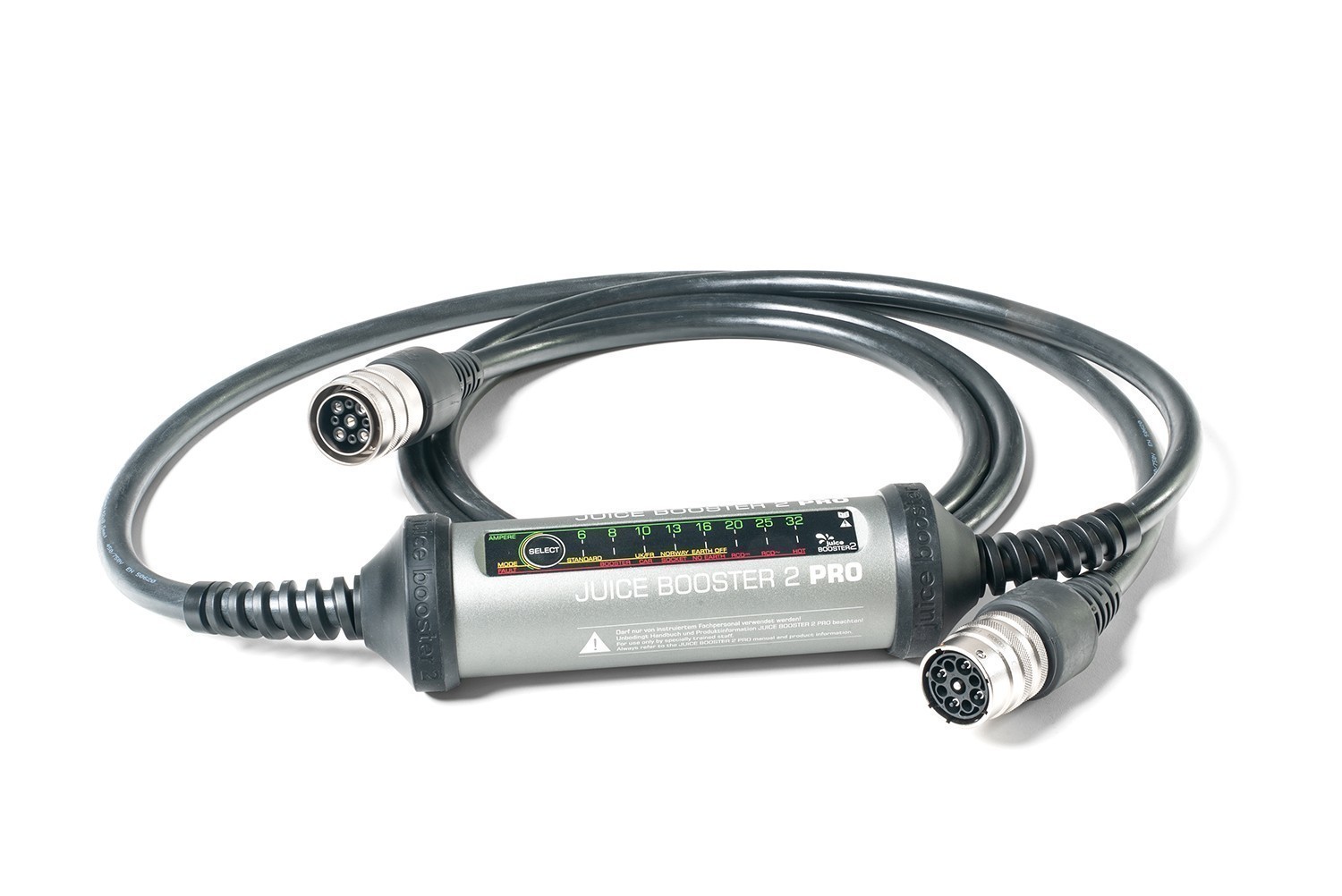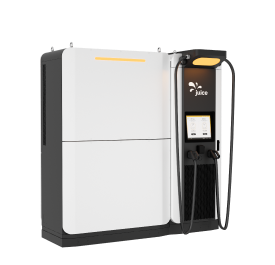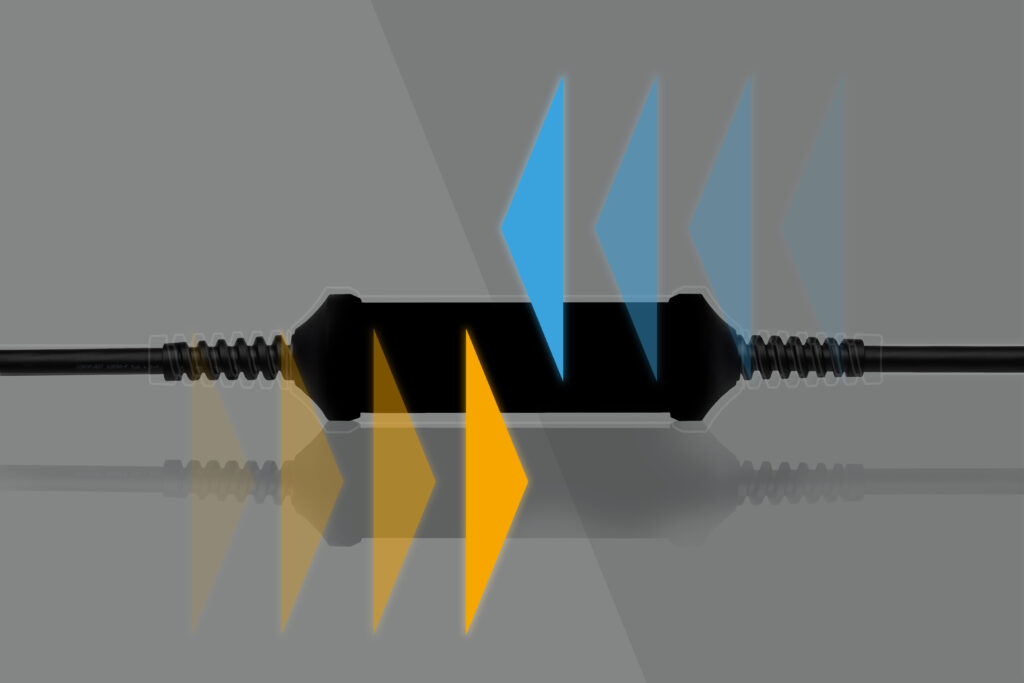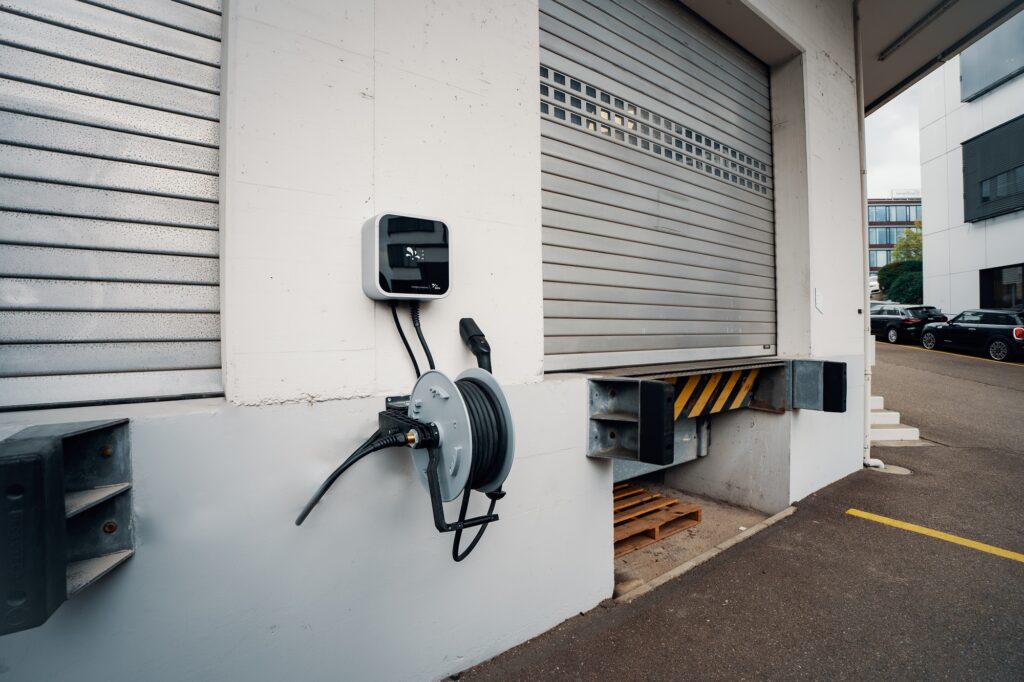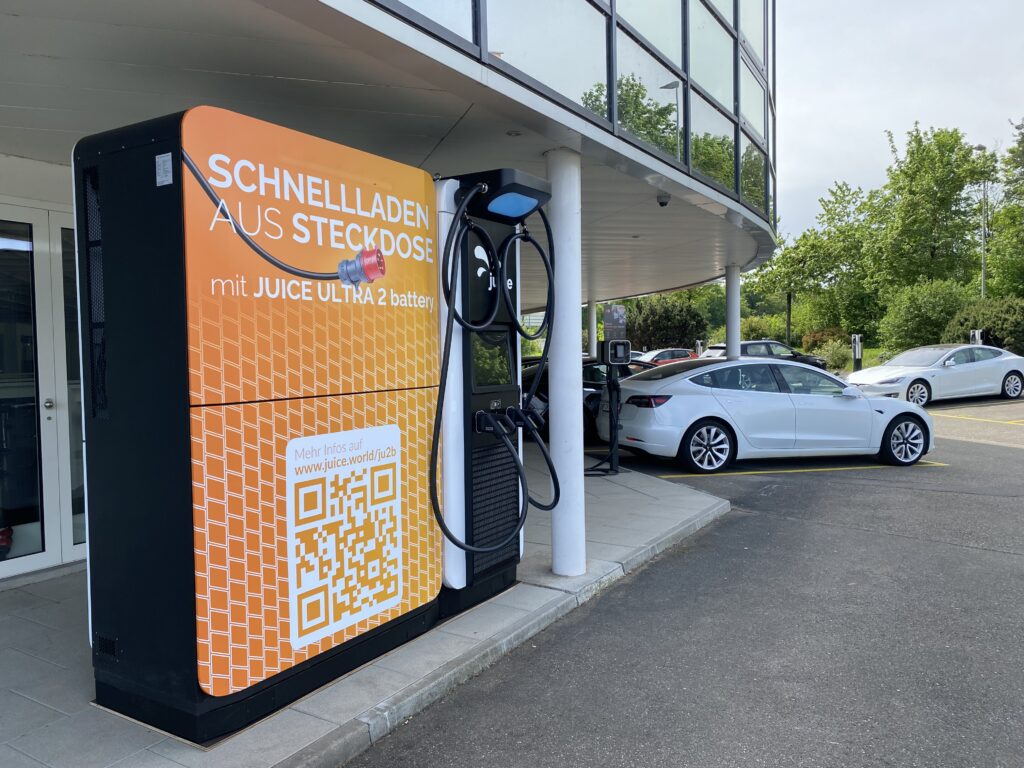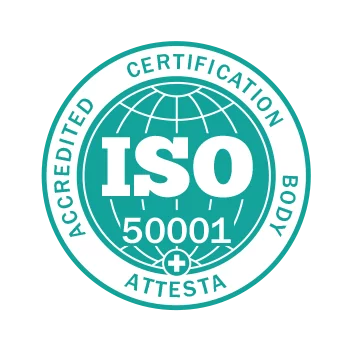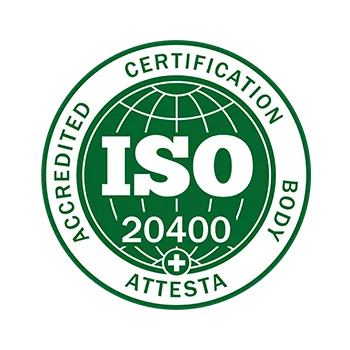People like to bring up this argument within the context of discussions on the topic of electrification of transport, but very few people can explain it. Tiring for anyone who deals with the topic in detail. Because having an intellectual duel with everyone who has armed themselves with the most popular old argument is tiresome – always. So we would like to take the opportunity to clear some things up.
The section at a glance
- Rare earth elements: Not so rare after all?
- How much of a battery is rare earth elements?
- And what about cobalt?
- Summary
Rare earth elements: Not so rare after all?
The rare earth metals include a total of 17 elements of the periodic table, also known as “rare earth elements” (REE for short).
But hardly anyone knows that they’re not really rare. The contradictory name comes for the time at which these elements were discovered, because they were largely found in rare minerals.
But how rare is “rare” now? The answer is a disillusionment: Even lead or copper (indispensable for modern electronics) are rarer in the Earth’s crust than the “rare earth element” neodymium, for example.
The rarity of gold is even taught through children’s tales. And it is still not counted among the “rare earth elements” even though it is harder to find than even the rarest metal among the rare earth elements: Thulium.
*The rare earth elements include: Scandium, yttrium, lanthanum, gadolinium, cerium, terbium, praseodymium, dysprosium, neodymium, holmium, promethium, erbium, samarium, thulium, europium, ytterbium, lutetium.
How much of a battery is rare earth elements?
Precisely: 0%
Surprised? Metals such as aluminium, which is the most commonly occurring metal in the Earth’s crust at approx. 8%, are used in the battery of an electric vehicle. And although lithium and graphite are somewhat rarer than aluminium they can be found about as often as cobalt, tin and lead, for example.
And what about cobalt?
When it comes to cobalt, the sometimes precarious conditions in the mines of the primary exporter, Congo, are mentioned in the same breath. How big is the problem with this metal?
The fact is that only a very small proportion of the cobalt mined in the world comes from mines in which these conditions may be found.
The majority of Congolese cobalt (84% according to the Federal Institute for Geosciences and Natural Resources, as of 2017, P. 17)) come from industrial mines operated by international corporations where safety violations and child labour must be excluded.
And the major automobile manufacturers have also reacted to the criticism and either had their supply chains certified or completely rearranged them. Since Australia also has significant deposits and, with the short distance to the battery processing facilities in China, enjoys a locational advantage, investments in mining there have received a significant boost.
In addition, various programmes have been established in order to make cobalt mining ethical, and work on recycling solutions and new technologies is proceeding apace in order to completely eliminate the dependency on Congo in the future.
Summary
Rare earth elements are no rarer than other raw material, have a misleading (outdated) name and are not used in batteries for electric vehicles.
The global players in the automotive industry also want to impress with a new (green) image and have understood that the origin of the raw materials used is becoming an increasingly important purchasing criterion.
